
On October 1, 2025, the Corporate Income Tax Law No. 67/2025/QH15 officially took effect, opening up a tax incentive framework that is considered the most important in recent years for small and micro enterprises. According to Article 10 of the Law, enterprises with a total annual revenue of no more than VND 3 billion will be subject to a tax rate of 15%, while enterprises with a revenue of over VND 3 billion to VND 50 billion will be subject to a tax rate of 17%. The revenue used as the basis for determining this incentive is the revenue of the previous tax period.
According to Dr. Pham Nu Mai Anh (Faculty of Taxation and Customs, Academy of Finance), this tax reduction policy can help small businesses retain capital, balance liquidity and reinvest. With the large scale of SMEs, this policy is expected to have a wide impact, promoting the domestic economy .
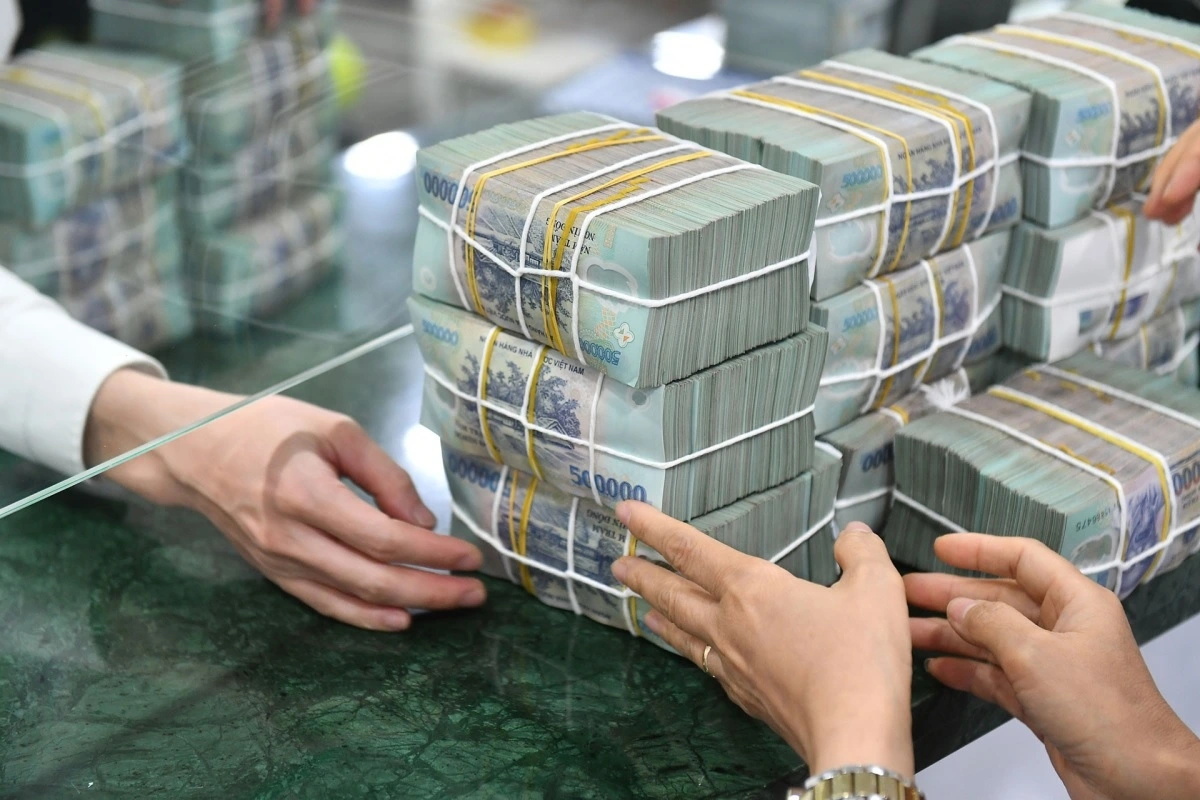
Enterprises with total annual revenue of no more than 3 billion VND will be subject to a tax rate of 15%.
However, this reduction is still modest compared to current operating costs. Mr. Mac Quoc Anh, Vice President and General Secretary of the Hanoi Association of Small and Medium Enterprises (Hanoisme), pointed out that the costs of renting premises, labor, electricity for production and raw materials are increasing sharply, making the "tax savings" unable to cover all costs. Even the representative of VCCI also said that many small businesses consider this reduction "not really attractive", especially in the context of operating costs increasing faster than tax incentives.
On October 1, 2025, the Corporate Income Tax Law No. 67/2025/QH15 officially took effect, providing a preferential tax rate of 15% - 17% for small and micro enterprises. This is considered a big boost to support the private sector - the majority of enterprises in Vietnam, but experts warn that the enforcement mechanism still has many challenges, risks of abuse and high compliance costs.
On the other hand, another point worth noting is the revenue criteria for enjoying incentives. The law clearly stipulates that incentives do not apply to subsidiaries or affiliated enterprises if the parent (or affiliated) does not meet the conditions. This creates a "gray area" in the classification of incentive subjects. At the same time, regarding compliance costs, many SMEs are concerned that separating revenue to prove eligibility for incentives will be very costly. A CEO of a software company in Hanoi shared that such high administrative costs will significantly reduce the actual benefits from tax incentives.
Mechanisms need to be upgraded to avoid "half-hearted incentives"
Regionally, the 15-17% tax rate applied by Vietnam is considered equivalent to or lower than many countries in ASEAN. However, experts warn that if only tax incentives are offered without accompanying policies to support innovation, the incentives will be difficult to have a profound effect.
Dr. Mac Quoc Anh emphasized that Singapore not only reduces taxes but also has a very strong R&D deduction mechanism, supporting innovation and governance. This difference shows that Vietnam lacks a comprehensive policy to encourage digital transformation and technology investment in the SME sector. Furthermore, Dr. To Hoai Nam, Vice President of the Vietnam Association of Small and Medium Enterprises, said that tax incentives are only effective when businesses have enough knowledge and tools to take advantage of them. Lack of governance support and tax training means that many SMEs, although enjoying incentives, do not know how to exploit them optimally, increasing the risk that the policy remains "on paper".
In addition, in the group of manufacturing enterprises, Mr. Tran Van Binh - owner of a mechanical workshop in Hanoi, said that the 17% incentive for 10 years for incubation projects or SME support facilities is too "far away" for traditional enterprises. This leads to a clear risk: the incentive may not reach the right target, or even be "appropriated" by enterprises with better potential.
Finally, another major risk is the abuse of incentives. If businesses do not clearly separate preferential income, or try to adjust revenue to be within the preferential threshold, it can be very difficult for tax authorities to control if supervision is not tight. The result is budget loss and unfair competition.
What solutions can tax incentives really "touch" small and medium enterprises?
To make the CIT incentive policy effective and avoid becoming a "half-hearted" incentive, economic experts propose a comprehensive roadmap. First, strong support for tax administration for SMEs is an urgent requirement. Tax authorities and the Ministry of Finance need to organize regular training programs on tax administration for SMEs, helping businesses prepare documents, separate preferential income, and declare transparently. At the same time, it is necessary to provide free declaration tools, for example: software to support the separation of preferential income or a set of standard dossier templates to reduce administrative costs.
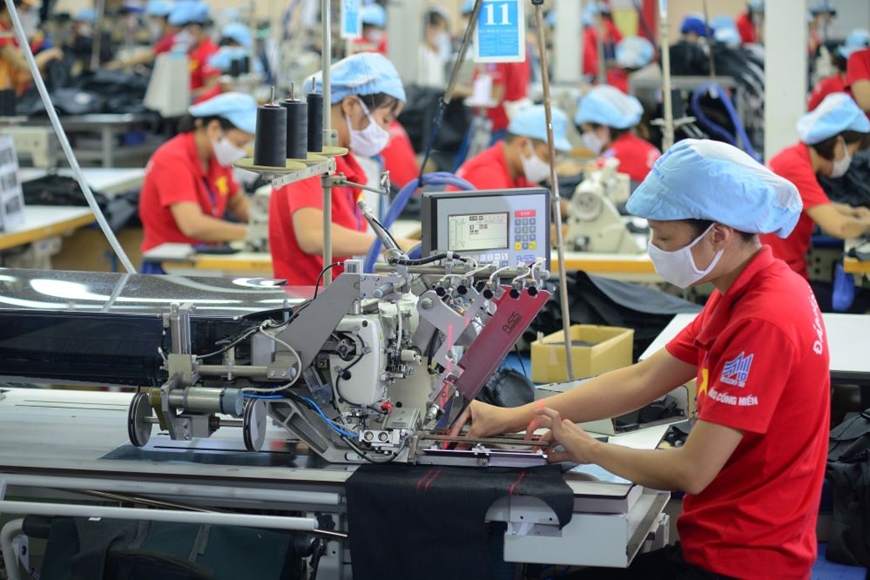
The cost of renting premises, labor, electricity for production and raw materials is increasing rapidly, making the "tax savings" unable to cover all costs.
Next, expanding incentives for innovation is a long-term strategy. The mechanism should include R&D expense deductions, incentives for technology projects, and incentives for green businesses or high-tech startups. In addition, tax incentives should be combined with preferential credit policies to support businesses in investing in technological innovation.
At the same time, increased transparency and close supervision are factors to ensure budget discipline. Tax authorities need to publicly announce the list of enterprises enjoying incentives, increase periodic inspections and audits to avoid abuse. Furthermore, it is necessary to review revenue criteria to eliminate "gray areas" and apply additional non-financial criteria such as number of employees or priority industry types to classify SMEs more fairly.
It can be seen that the 15-17% corporate income tax incentive under Law 67/2025/QH15 is a significant step forward in the policy of developing private enterprises. However, for this policy to become a real driving force for more than 98% of Vietnamese enterprises, the State needs to make more comprehensive adjustments, from administrative support, declaration tools, expanding incentives for innovation to transparent monitoring. If implemented properly, tax incentives can become a strong lever for SMEs to upgrade their competitiveness in ASEAN. On the contrary, if it only stops at tax rates, the policy can easily fall into the state of "incentives on paper" and miss the opportunity to promote sustainable development of the small business sector. This is the time when the State needs to take drastic action so that the policy can truly "touch" businesses, helping Vietnamese SMEs make a breakthrough in the new decade./.
Source: https://vtv.vn/uu-dai-thue-cho-dnnvv-nam-2025-ky-vong-cu-hich-thuc-day-kinh-te-100251121161844821.htm




![[Photo] Prime Minister Pham Minh Chinh chairs the 15th meeting of the Central Emulation and Reward Council](/_next/image?url=https%3A%2F%2Fvphoto.vietnam.vn%2Fthumb%2F1200x675%2Fvietnam%2Fresource%2FIMAGE%2F2025%2F11%2F27%2F1764245150205_dsc-1922-jpg.webp&w=3840&q=75)


![[Photo] President Luong Cuong attends the 50th Anniversary of Laos National Day](/_next/image?url=https%3A%2F%2Fvphoto.vietnam.vn%2Fthumb%2F1200x675%2Fvietnam%2Fresource%2FIMAGE%2F2025%2F11%2F27%2F1764225638930_ndo_br_1-jpg.webp&w=3840&q=75)


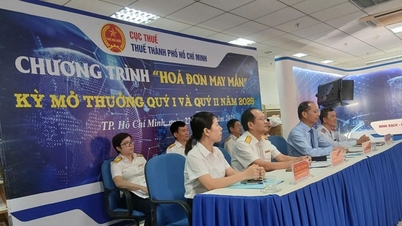








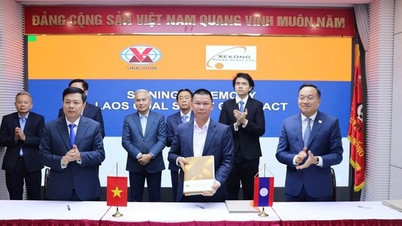

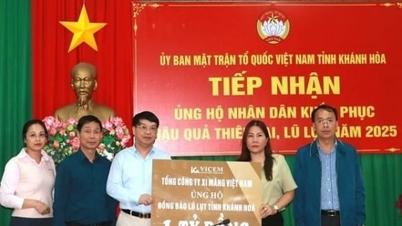








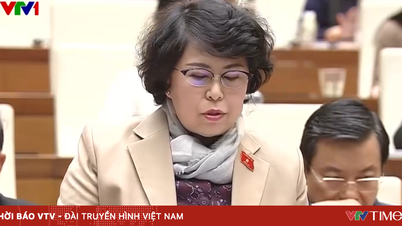

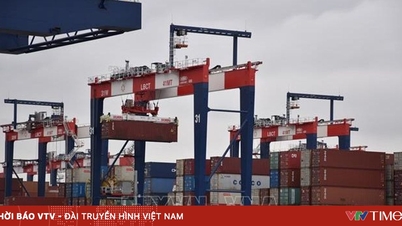
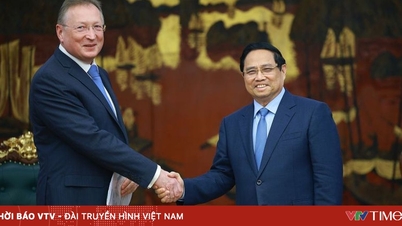

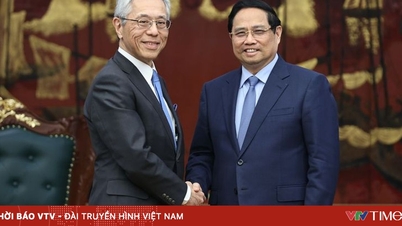




















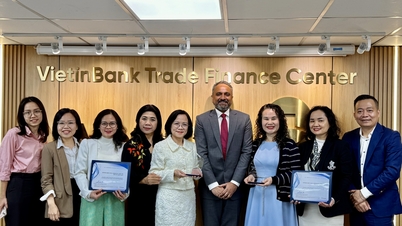



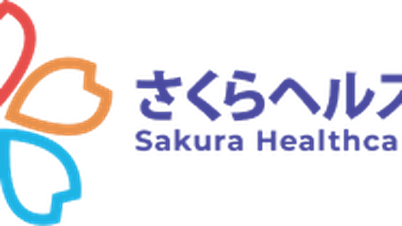

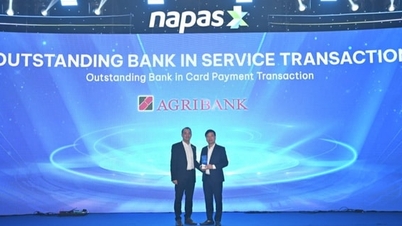











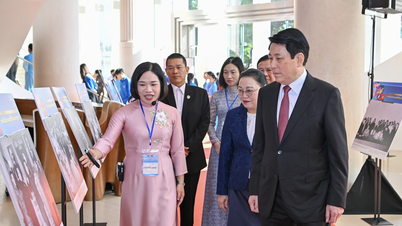




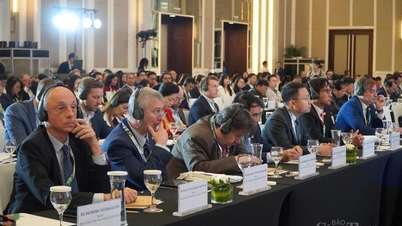
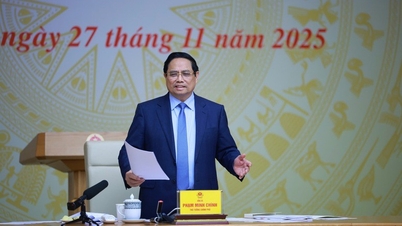
























Comment (0)